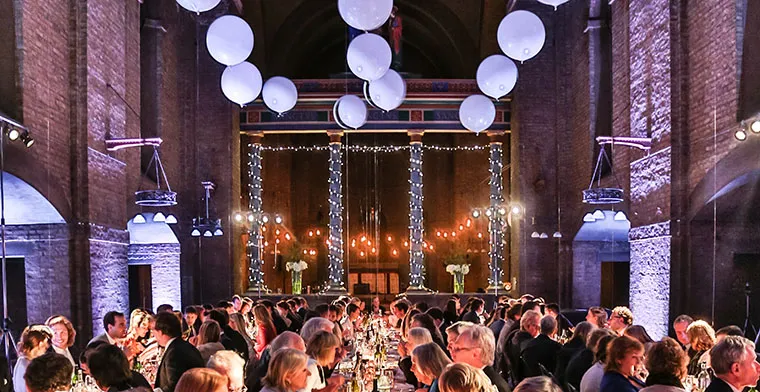
The importance of event lighting goes far beyond mere illumination; the type of lighting you use for your event has a significant impact on the overall ambiance and aesthetic appeal of the occasion. If you’ve never considered this before and are wondering about the different types of lighting for events then read on – this enlightening guide is for you.
Table of Contents
1. Ambient Event Lighting
Lighting is one of the things that can make or break your event. A well-lit and thoughtfully designed ambiance sets the tone and can make your event more engaging for everyone involved.
The right type of lighting for your event can help convey the mood to leave a lasting impression. Whether you want a cosy, intimate vibe or a vibrant energised ambiance, ambient lighting is supremely versatile and can be adjusted to suit different elements of the same event. For example, softer lighting may be appropriate as guests take their seats for dinner, while more dynamic, colourful lighting can be used for entertainment or to get the crowd in the mood for dancing.
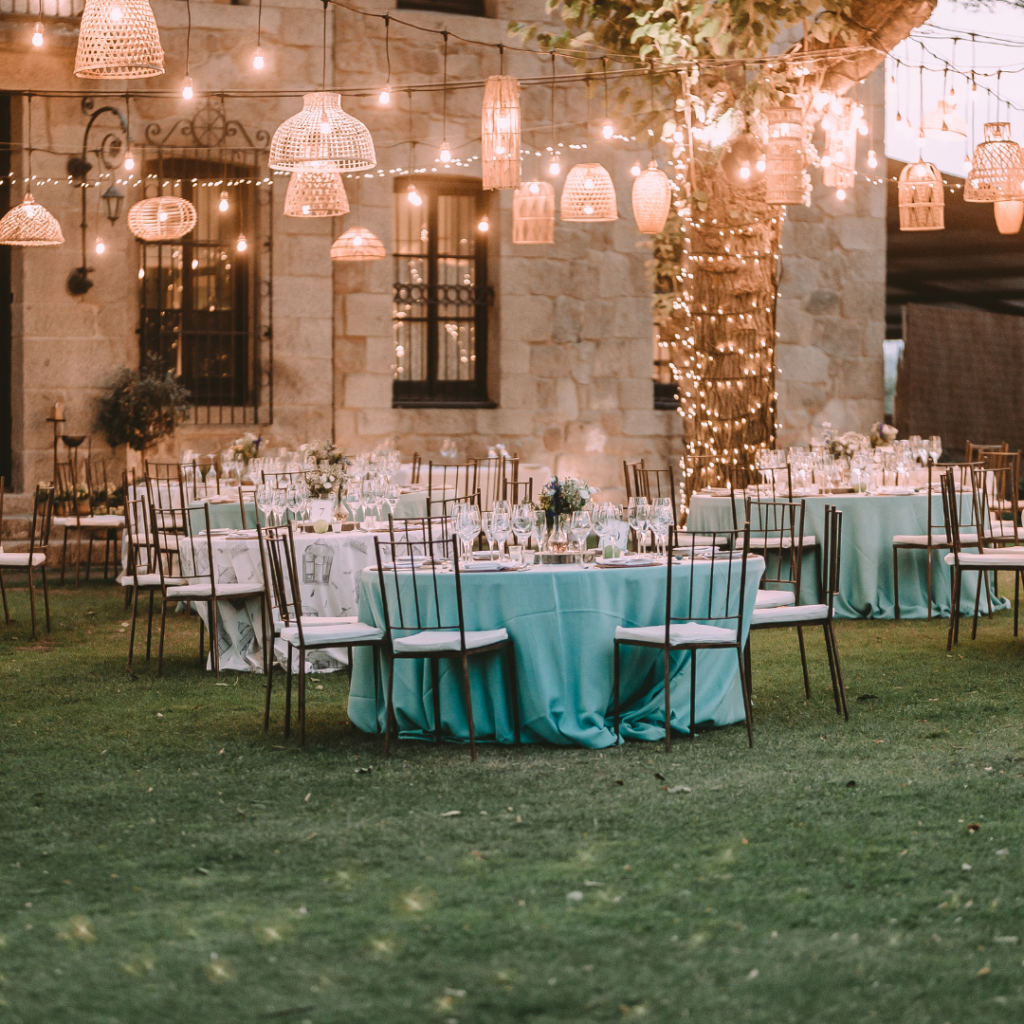
For corporate events, ambient lighting can be used to integrate elements of your brand into the overall design such as using company colours to help strengthen brand identity. Using different intensities, colours or patterns can add visual interest and depth to the event space to give a professional edge.
Ambient lighting can transform a room instantly, adding wow factor and embellishing the overall theme of the event simply and effectively. Uplights are often used to wash the walls and ceiling with light to highlight features and decor. This type of ambient event lighting can add a certain sophistication to event spaces such as marquees and halls and is a really popular lighting technique for events. Similarly, festoon lighting can add a warm and welcoming atmosphere to outdoor spaces, inviting guests to mingle and enjoy the evening air under a soft golden glow.
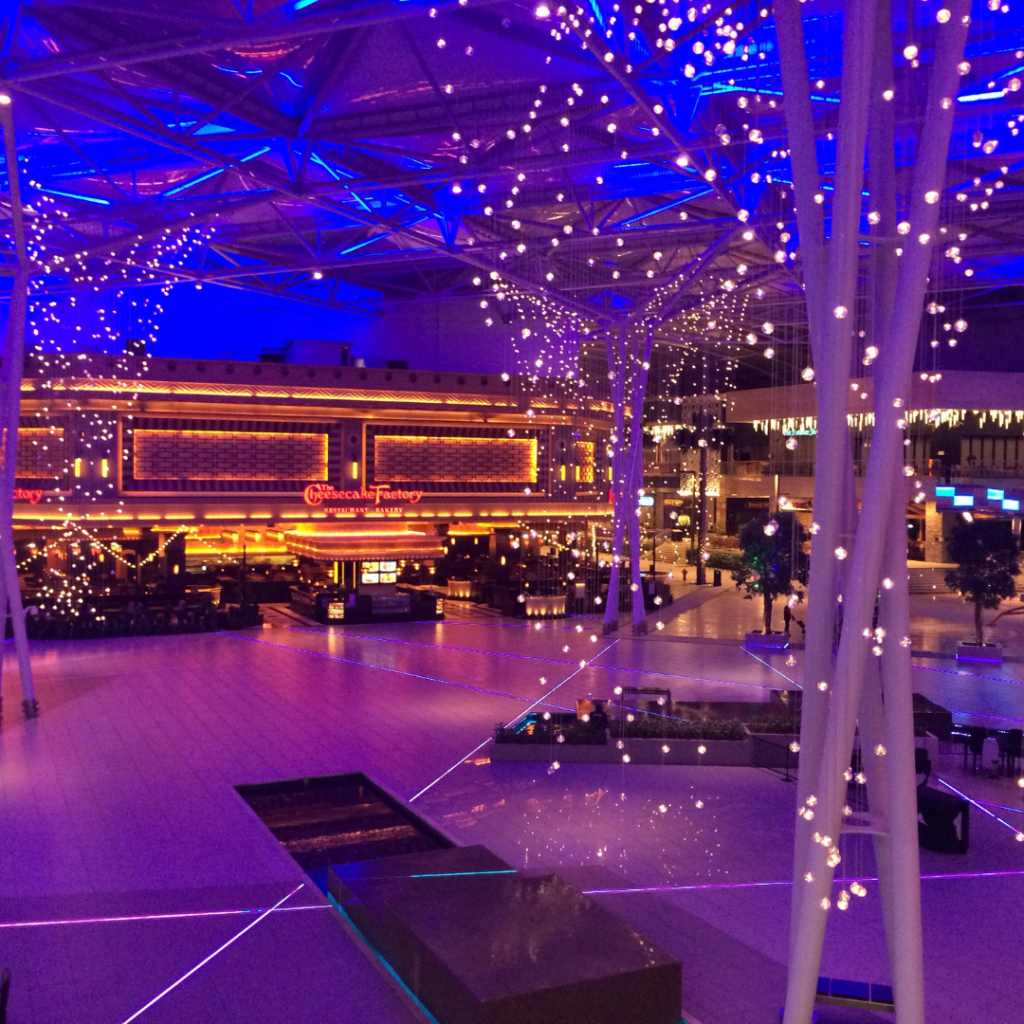
2. Accent Event Lighting
When choosing types of lighting for events, consider accent lighting which can be used to highlight features of the room, usually placed close to the subject in question to draw attention to that particular feature. For example, a spotlight might be used to illuminate the stage or guest speaker, whilst accent lighting focused on a piece of artwork can be particularly effective in a gallery space or art exhibition.
Through clever use of accent lighting, you can give the illusion that an event space is more expansive than it is by using lights that project large, bright beams of light. Alternatively, a space can be made to feel smaller and more intimate through lights that illuminate only a small surface area, such as illuminating table place cards, centrepieces and decorations.
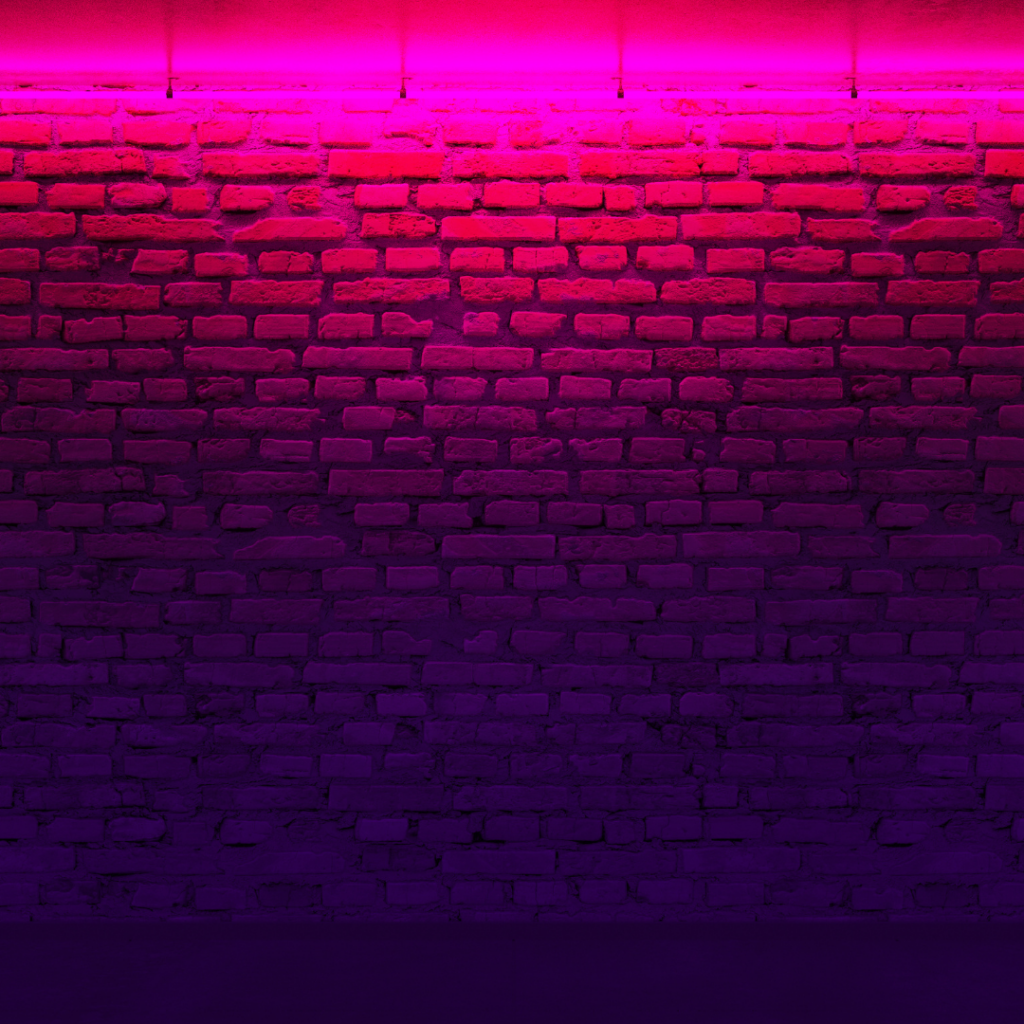
3. Task Event Lighting
Task lighting is used to illuminate a particular area that is designated for a set task. For example, during a craft show or in a catering environment the general event lighting might not be adequate to carry out the task at hand. Task lighting provides brighter, more direct lighting to enable the staff to carry out tasks more efficiently. Task lighting might be employed on a podium to enable a speaker to read their script in an otherwise dimly-lit room, or over a grill to enable the hog roast to be cooked safely under starry skies.
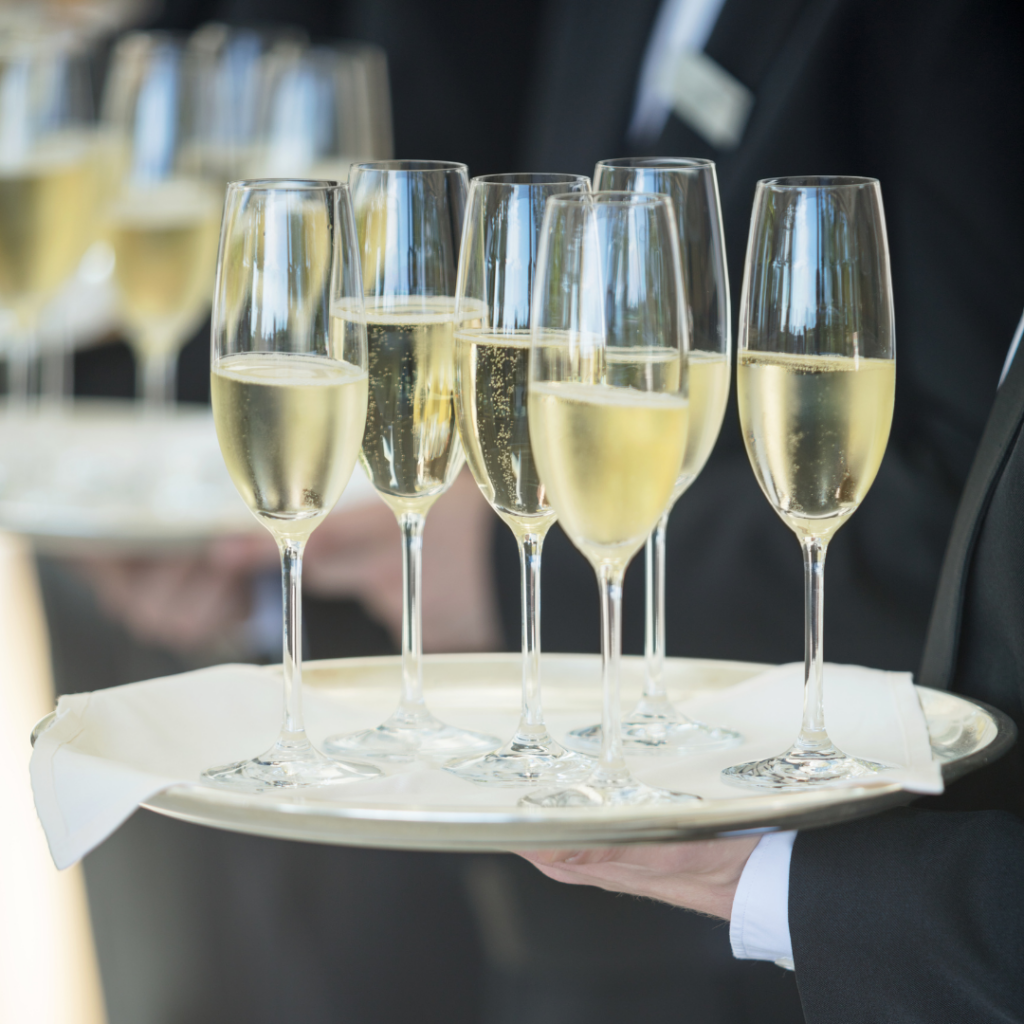
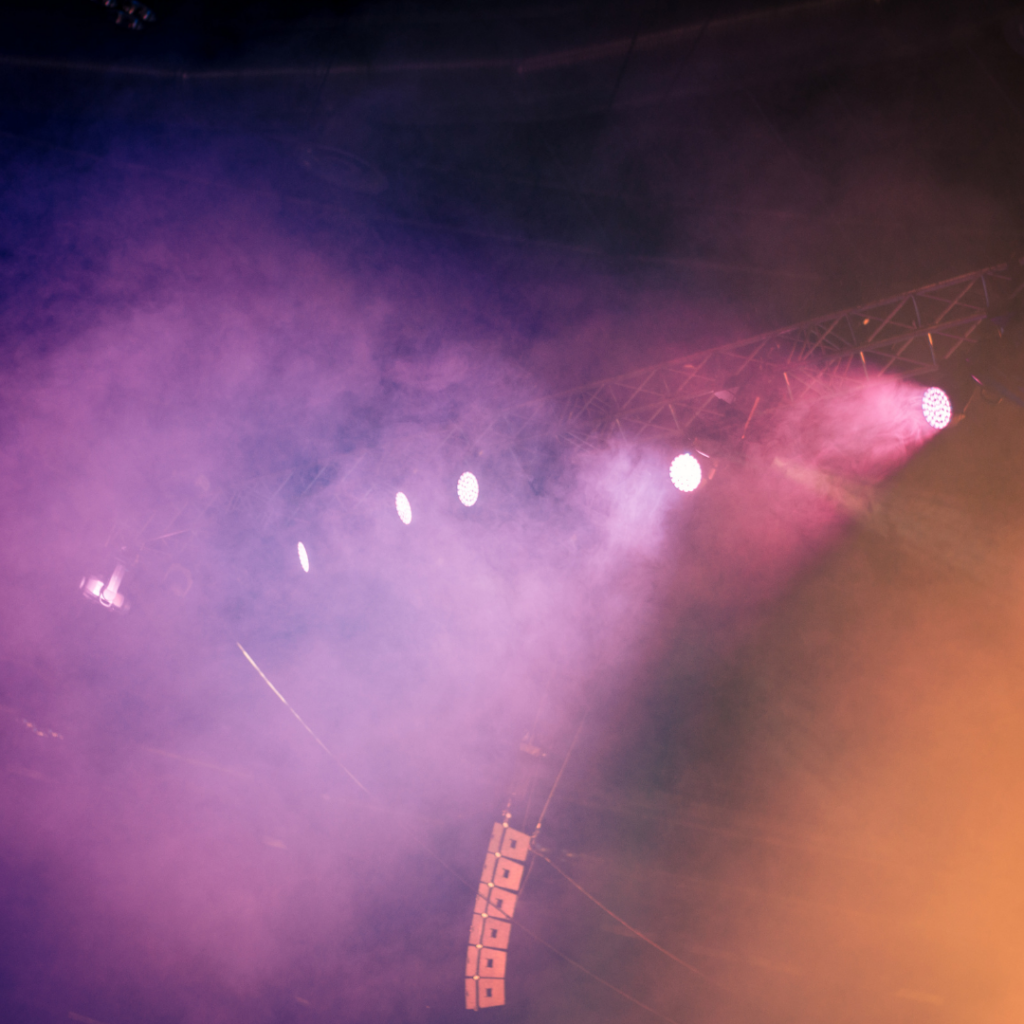
4. Intelligent Event Lighting
The term ‘intelligent lighting’ applies to lighting systems that can be programmed or automated to move or change at set points during an event. This innovative technology can help to create dazzling, complicated lighting effects that are unable to be achieved with standard traditional illumination. Rotating spotlights, scanners, LEDs and motion-detecting lights can really take your event to the next level.
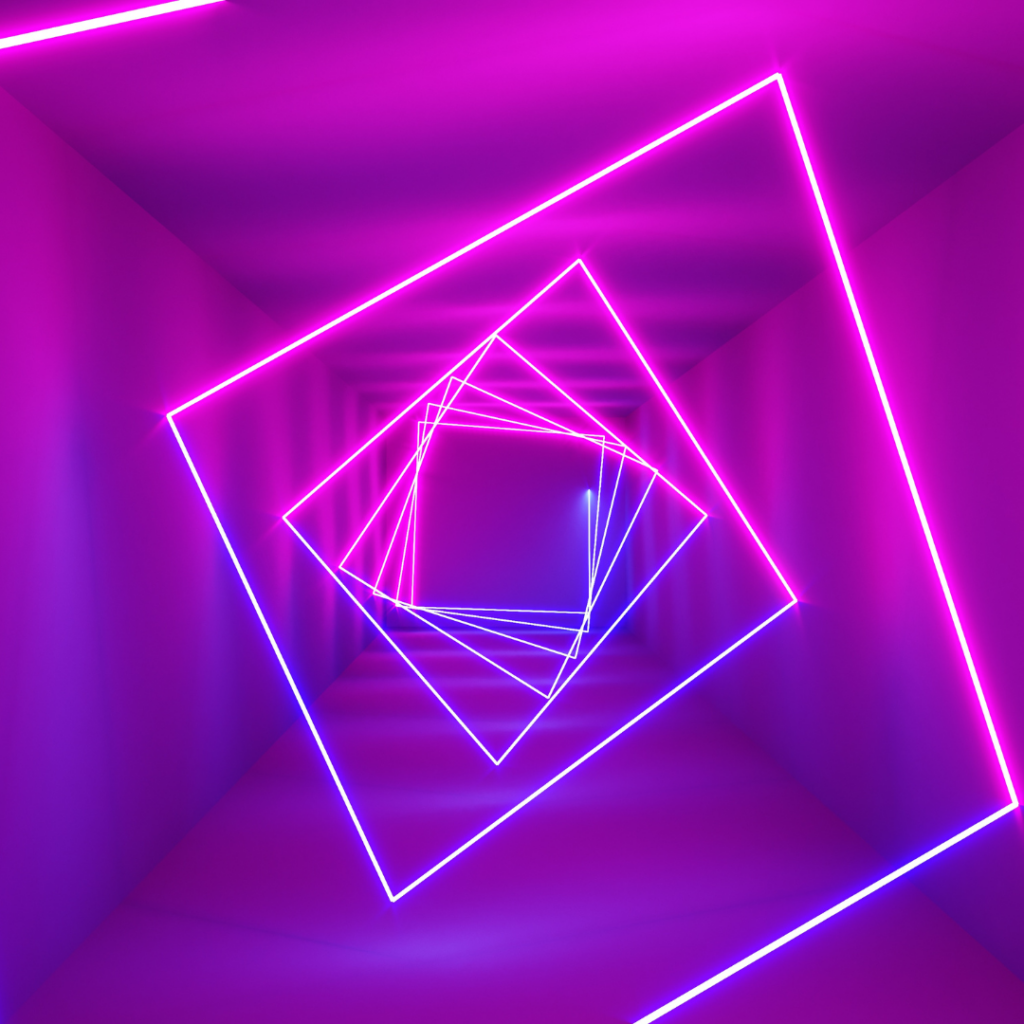
Colour Theory in Lighting
Different colour schemes and lighting intensity levels can evoke specific emotions.
For example, whilst red is a colour often associated with passion, excitement and intensity, red lighting can also create a sense of urgency. Red is also known for stimulating appetite, making it a popular colour for foodie events and restaurants.
Blue lighting can be calming and serene and can be used to create a peaceful ambiance for event spaces where relaxation and concentration are key.
Green lighting promotes a calming and refreshing environment, often used to create a sense of harmony such as at wellbeing events and conferences.
Clean and neutral, white lighting is versatile and can be used at various types of events. It is often associated with clarity and can create a modern and sophisticated atmosphere. Some event organisers choose ‘warm white’ lighting to soften the tone and enhance comfort as this lighting isn’t quite as stark as classic white.
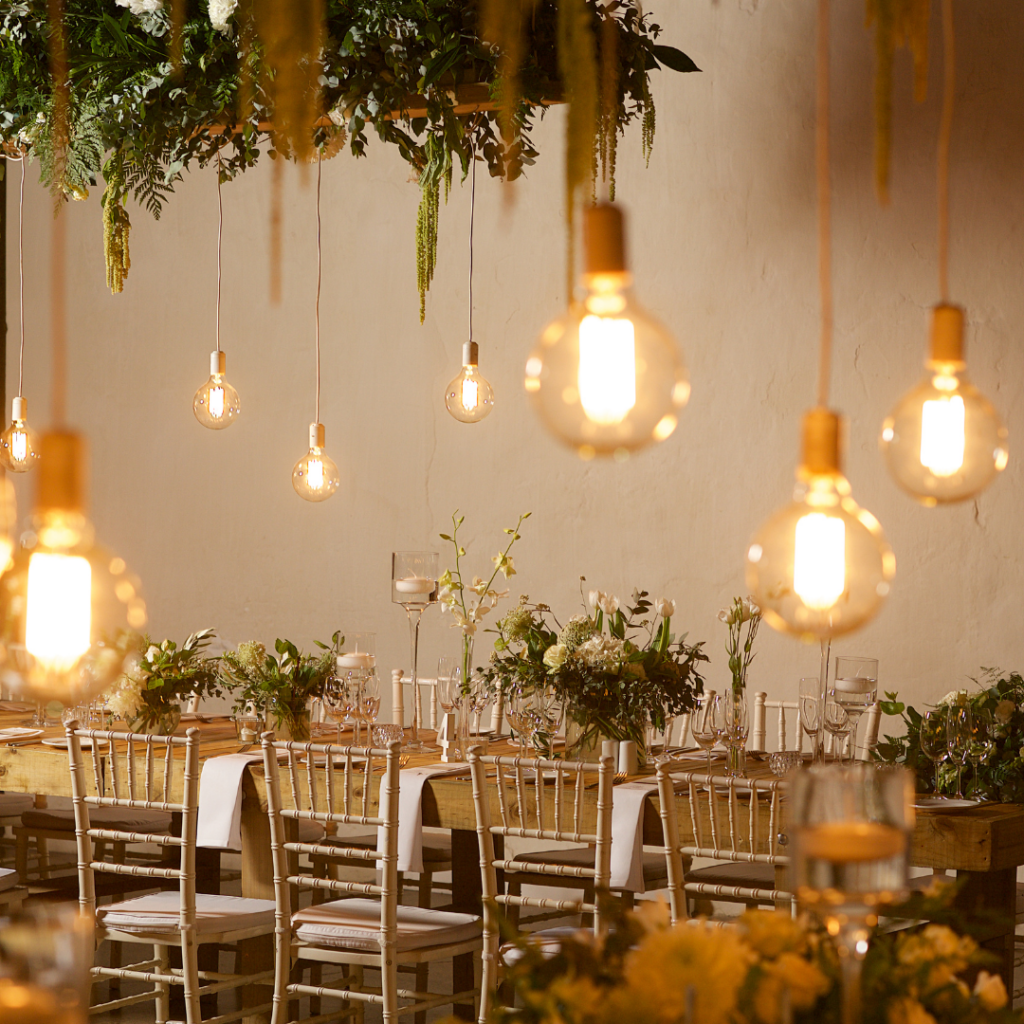
The intensity and saturation of colour also plays a role when choosing what type of light you need for an event. Bright and saturated colours can be energising and attention-grabbing, while muted or pastel tones can evoke a more subtle and calming effect.
Outdoor Vs Indoor Lighting
One of the main differences to consider when choosing between types of lighting for events is the environment in which the event will take place. Indoor lighting is typically more controlled and can be adjusted to fit the desired ambiance, whilst outdoor lighting is subject to natural light and weather conditions, which can create unique challenges.
Natural outdoor settings can create a unique and really beautiful atmosphere, especially when illuminated thoughtfully. Whilst sunset, starlight, or cityscape views can enhance the ambiance for guests milling outside, outdoor lighting is an important feature for outside events to ensure the comfort (and safety) of your guests. Floodlights, pathway lights, and decorative garden lights will all enhance the vibe and make sure guests don’t trip when darkness falls.
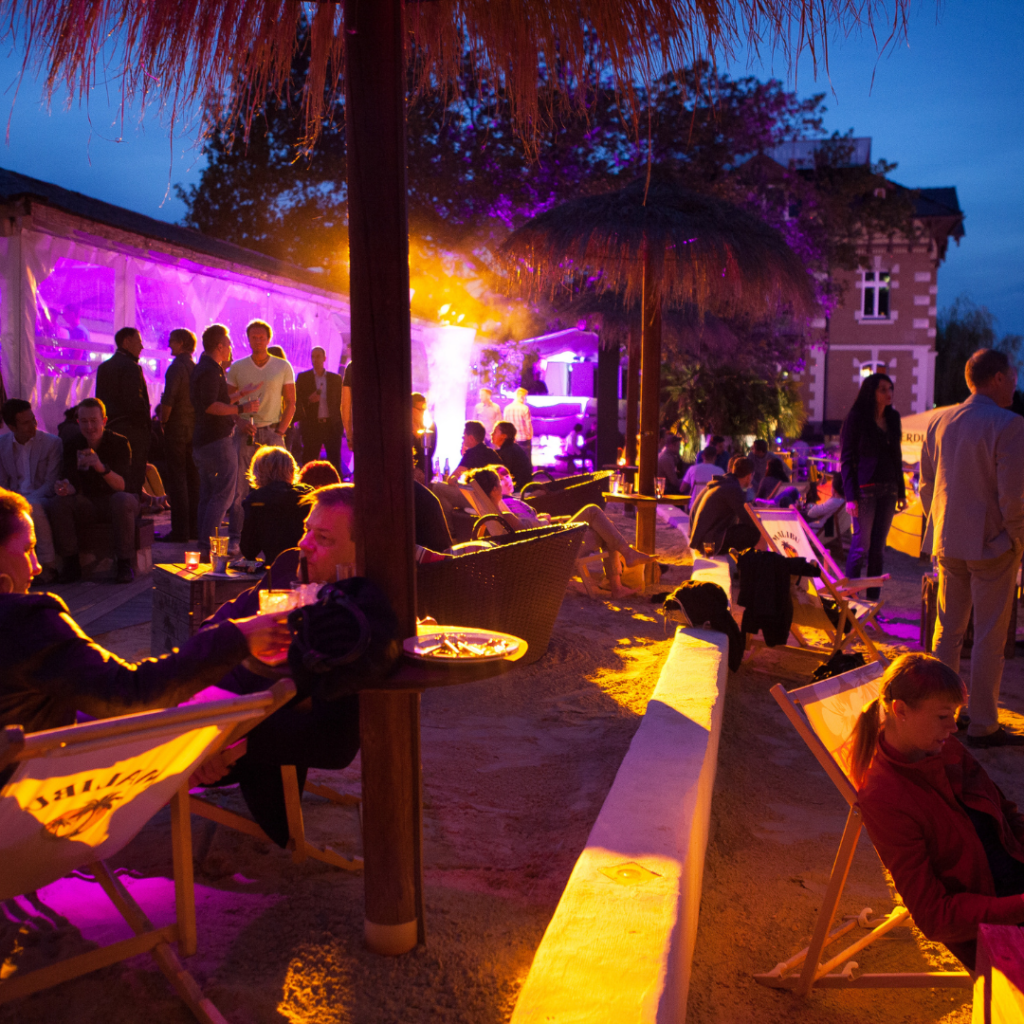
With indoor lighting, event planners have more control over factors such as brightness, colour temperature, and positioning. This allows for greater flexibility in creating a specific atmosphere or highlighting certain areas of the venue.
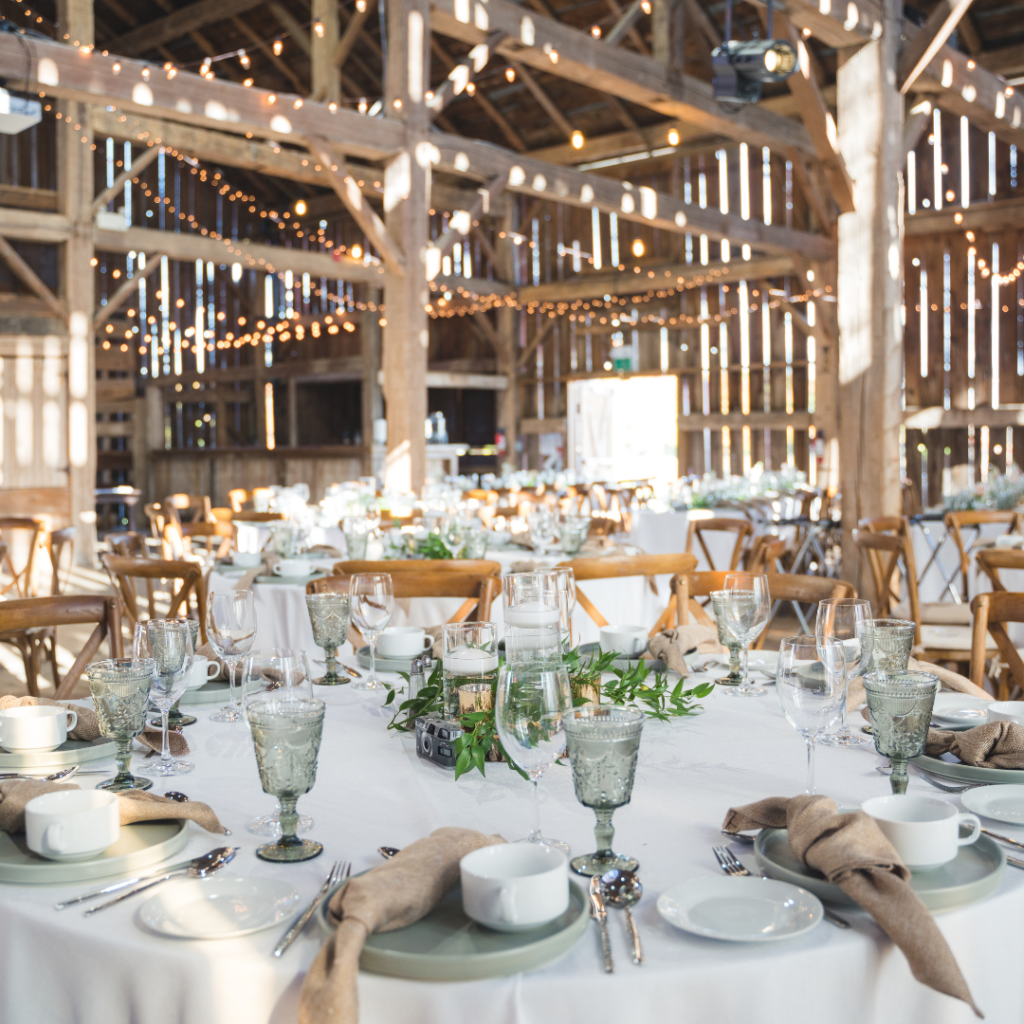
Make sure you consider how the changing light conditions throughout the day may impact the event. Think about the day’s schedule and when you think people might choose to venture outdoors. Outdoor events may require additional infrastructure, such as generators, weather-resistant equipment, and sturdy structures to support the type of outdoor event lighting chosen.
Differences and Considerations
Outdoor lighting may have a cooler colour temperature to mimic natural daylight. Cooler tones (for example, cool white) can enhance visibility and safety in outdoor areas. Indoor lighting may have a warmer colour temperature, creating a cosy and relaxed ambiance. Warmer tones such as yellow or warm white are common for event spaces.
When planning your outdoor lighting scheme you’ll need to consider weather conditions, power supplies and structures upon which to affix your lighting systems. Outdoor lighting needs to provide even illumination across larger spaces and this will need to be carefully assessed when planning your event.
Innovative Lighting Technologies
As technology continues to advance, so do the trends in event lighting. In recent years, there have been several exciting developments in this field. LED lights, wireless lighting systems, and projection mapping have really gained popularity for all kinds of event. Whatever types of lighting you are considering for an event, there’s a new lighting technology for you.
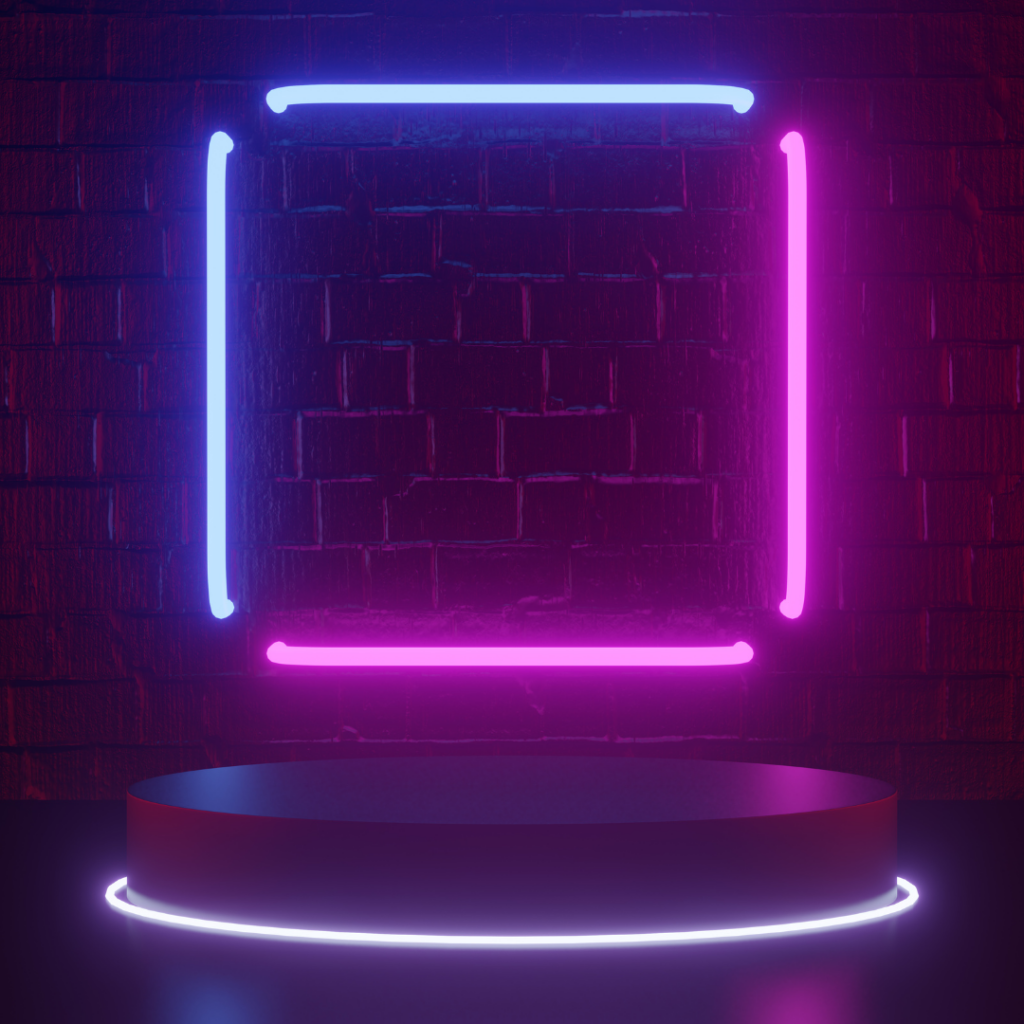
Latest Event Lighting Trends
One of the latest trends is the use of LED lighting. LED lights are energy-efficient, durable, and versatile, making them a popular choice for event planners. They can be programmed to change colours and create dynamic lighting effects, providing endless possibilities for creative lighting designs.
Another trend in event lighting is the use of projection mapping. Projection mapping allows for the projection of images or videos onto irregular surfaces, such as buildings or objects. This technique can create stunning visual displays and add an element of surprise and excitement to events. Projection mapping has become increasingly popular in concerts, product launches, and corporate events.
Wireless lighting is also gaining popularity in the event industry. With wireless lighting systems, event planners have more flexibility in terms of placement and control of lights. This allows for easier setup and teardown of events, as there are no cables or wires to deal with. Wireless lighting also enables quick adjustments in lighting design during an event, providing a seamless experience for attendees.
These trends not only enhance the overall visual appeal of events but also offer greater flexibility and creativity for event planners. As technology continues to advance, we can expect more innovative and exciting event lighting trends in the future.
Conclusion
Whatever the event, choose a reputable, knowledgeable event lighting hire professional such as Party Lights to guide you every step of the way. If you’re considering which types of lighting to use for your event, we can help you to design your lighting scheme and ensure that your event shines above the competition! If you have any questions, would like a quotation, or would like to discuss the types of lighting you require for your event, get in touch with the team today. We look forward to hearing from you!
Get a Quote for Event Lighting